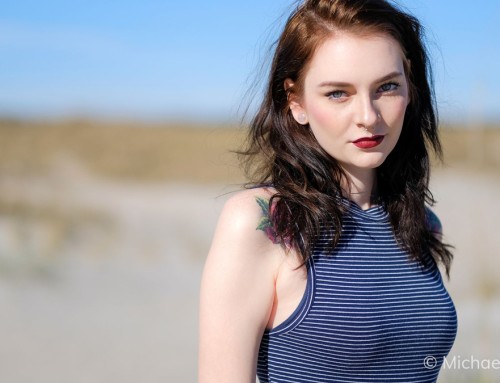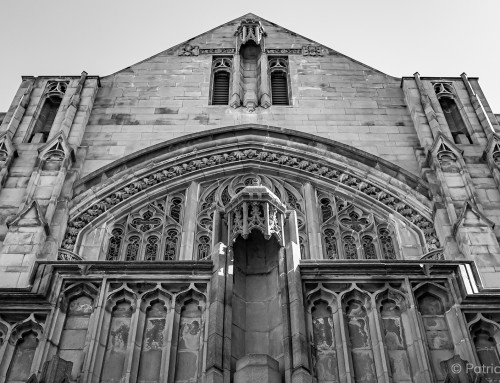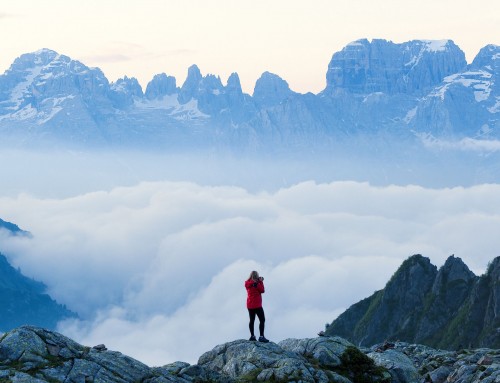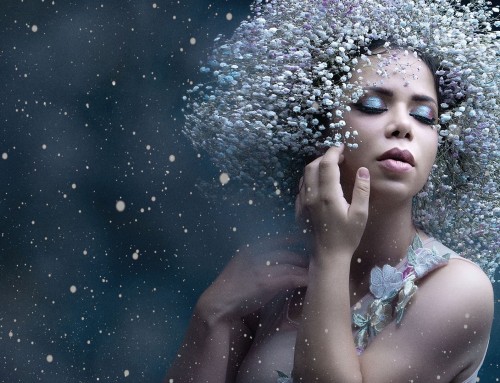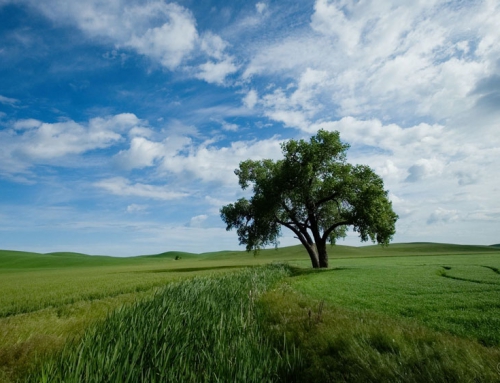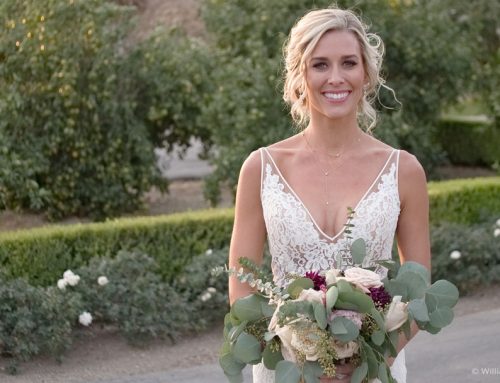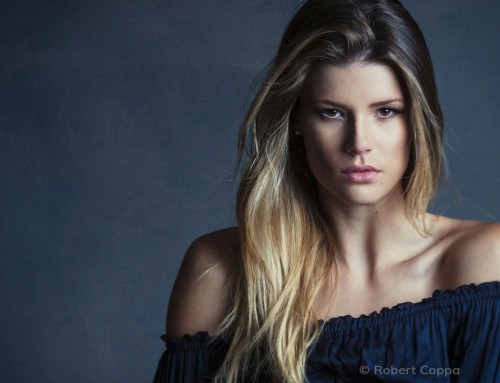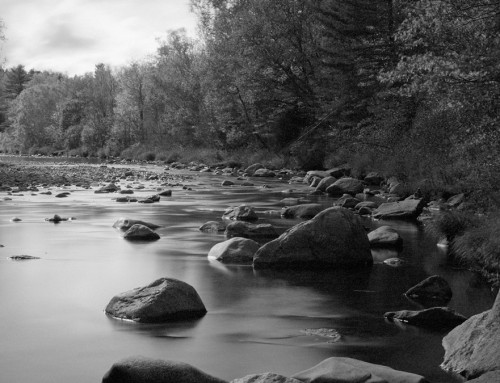Virtual copies enable you to edit multiple variations of a single photo without filling up disk space with duplicate image files. You can create as many virtual copies as you want, so you can creatively experiment with a variety of creative looks. Learn how easy it is to work with virtual copies in this video.
Photo: Art Face Portrait
Transcript
What are Virtual Copies?
Virtual copies are duplicates of an image that do not take up any extra disk space. Instead, Exposure stores the copy information in the master photo’s sidecar file.
Creating Virtual Copies
Creating a virtual copy is easy. Right-click on an image and select Create Virtual Copy. Virtual copies keep any edits applied to the master image up until that point. Once created, Exposure treats the images as individual photos. Any edits made to the master image or the virtual copy will not apply to the other photo.
Notice in the filmstrip and in the image grid, there is a turned-up corner in the lower left of the image. This indicates the image is a virtual copy. Another place to identify if the image is a virtual copy is in the image header and the Metadata panel. You can change the name of the virtual copy in the panel, if you’d like. Using a side-by-side layout enables viewing both the original and the copy next to each other.
Using Virtual Copies
Once a virtual copy is created, adjustments and presets can be applied. Virtual copies will contain the same adjustment settings as the image it copied. You can refine the adjustments applied to it, or you can reset and try a completely new look. A frequently used scenario is creating a monochrome effect and a color look on the same retouched photo
You can make as many virtual copies as you’d like. Quickly get back to the master image from any virtual copy via the right-click menu. Simply select Jump to Master.
Exposure’s catalog-free workflow makes organization simple. Virtual copy data is recorded in the same folder as the original images


